A Romantic Evening Along the River Guadalquivir in Sevilla
During my earlier years of exploration, I was a bit guilty of committing a minor travel offense. Of course, it happens to the best of travelers, but in my case, I consciously focused on the highlights of a particular city, and in doing so, inadvertently skipped minor details or lesser known destinations.
This has come to haunt me in the past, when after returning home, I would come to know of a place so appealing and interesting, that’s not necessarily included in the official guidebook’s ‘must-see’ attractions.
In Sevilla, the capital of the Andalusian region of Spain, I almost made the same mistake due to the sheer size of the city and the sheer number of interesting sights and places. it’s a good thing that for once, I threw caution to the wind, left my lonely planet guidebook at the hotel, and decided to take a leisurely stroll around the city without any maps or plans.
It led me to the enchanting river Guadalquivir.
Separating the main island of Sevilla and the independent community of Triana, the river runs through the Iberian peninsula, supporting commerce, industry and tourism in many towns and provinces in Andalusia.
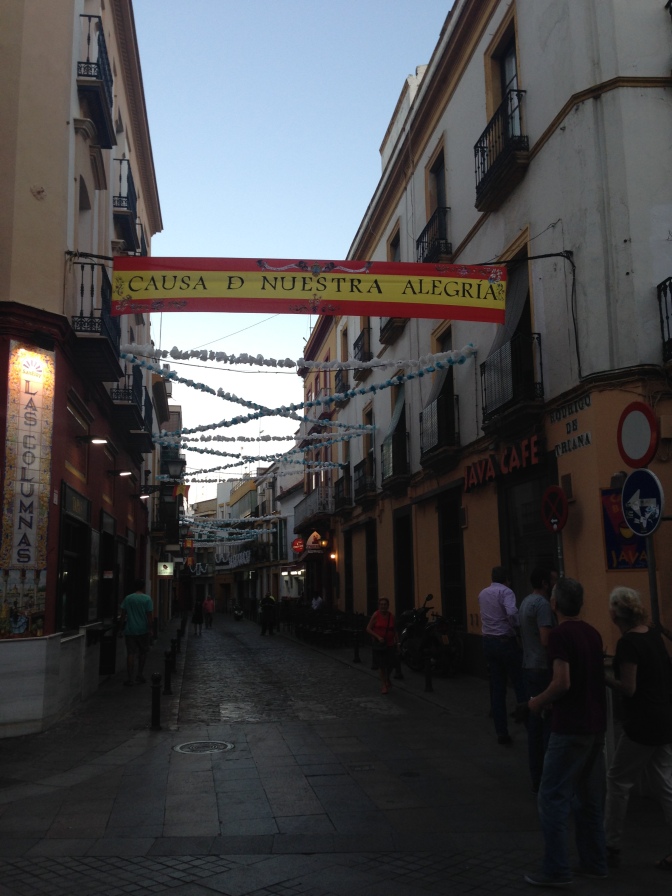
Stretching 657 kilometers, it is the second longest river in Spain. This mighty river was instrumental to the growth of the Iberian peninsula and of Triana, which during its heyday, is a center of commerce. It brought Phoenicians, Arabs, Moors, Visigoths, Romans and even Vikings to Iberia.
By itself, the river Guadalquivir is a marvel to behold, especially if you take one of the many river cruises.
But the river comes fully alive come dusk as the lights from the great bridge Punta de Triana, which separates Sevilla and Triana, illuminate this lovely body of water, creating a magical, romantic setting.
Without any set itinerary, I crossed Punta de Triana, passing by the Moorish Revival-designed Chapel of El Carmen.
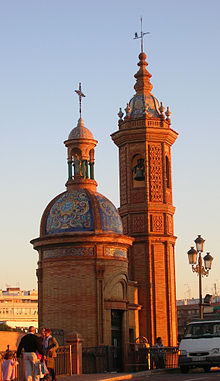
I also made a quick stop at the Mercado de Triana to buy some fresh fruits, before making my way to the Plaza del Altozano, the commercial center of Triana, which boasts of a hundred cervezerias, tapas bars and tile and ceramics stores.
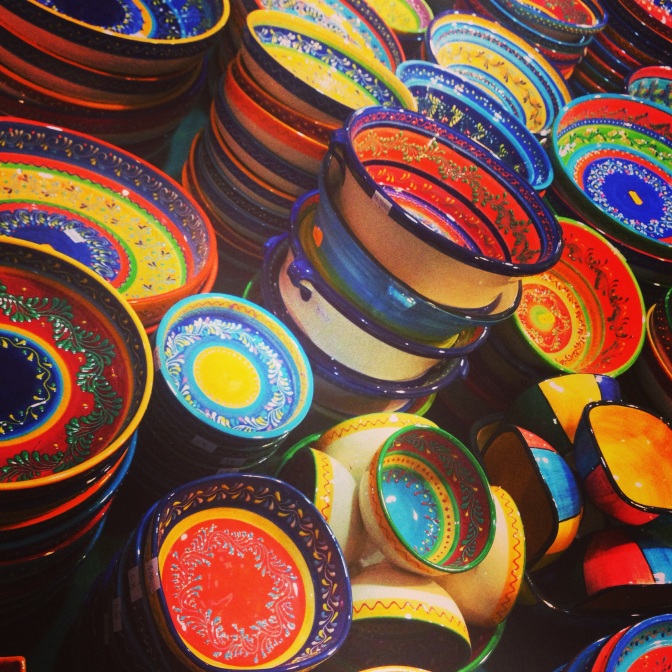
Plaza del Altozano is also your main gateway to Calle Betis, San Jorge or Pureza. Calle Betis, is of course the main street in the area as it sits right at the western bank of the Guadalquivir.
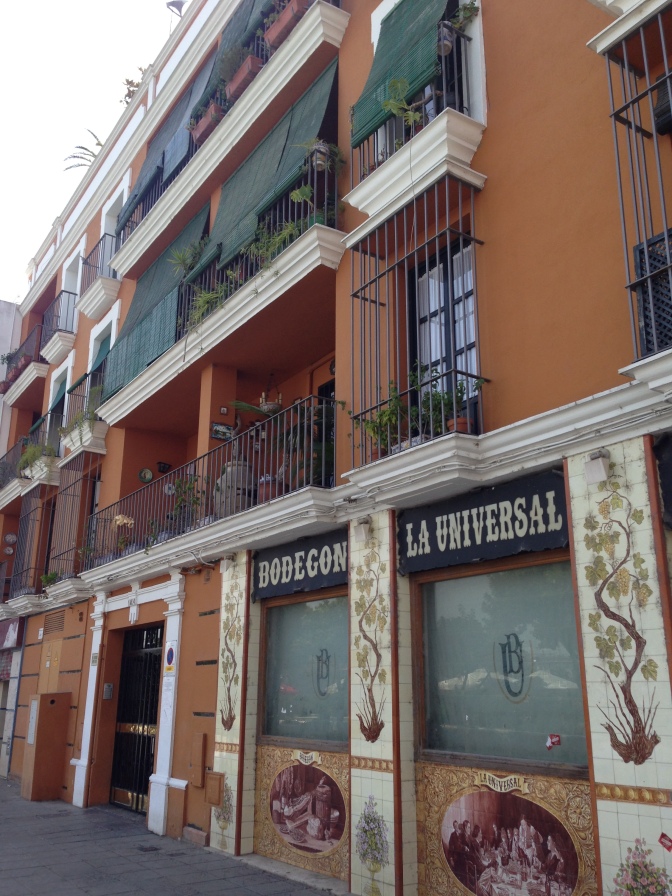
I had dinner at one of the tavernas, while enjoyingpinchos and paella valenciana. I watched as both Sevillanos and Trianeros get ready for a relaxing evening
In the afternoon, the image of Sevilla is mirrored in the river’s waters. The most prominent structures along the eastern bank is of course the Torre del Oro.
Come evening, the bright lights of Sevilla glistens in the water.
The lights of the bridge and the glistening waters add to the already romantic Spanish flair of the place. Perhaps, this is the reason why, as darkness falls, more and more couples and friends gather right beside the river to hang out and chill.
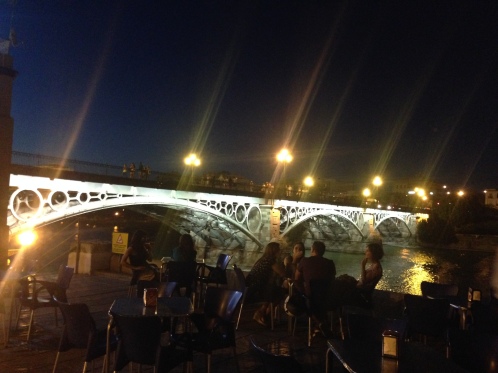
Spanish people are very expressive and it was on display as I people watch along the banks of the river. Couples would hold hands for hours and kiss every non and then. Friends would laugh boisterously as they tap each other’s shoulder or hold hands.
There is something so relaxing in watching the Sevillanos and Trianeros unwind in their natural habitat. No pretensions. It made my natural instinct to flee and make a mad dash across the city’s attractions, dissipate.

The romantic Spanish air must have worked its magic on me, as all of sudden, I realized that I have spent the better part of the day, strolling along the banks of the river, while consuming, perhaps three or four bottles of cerveza.
In the days after that evening, I spent hours visiting the highlights of Sevilla. I went to churches, castles, gardens and museums.
But I would always look back to the wonderful, relaxing evening I spent, strolling along the romantic banks of the Guadalquivir.
















0 comments:
Post a Comment